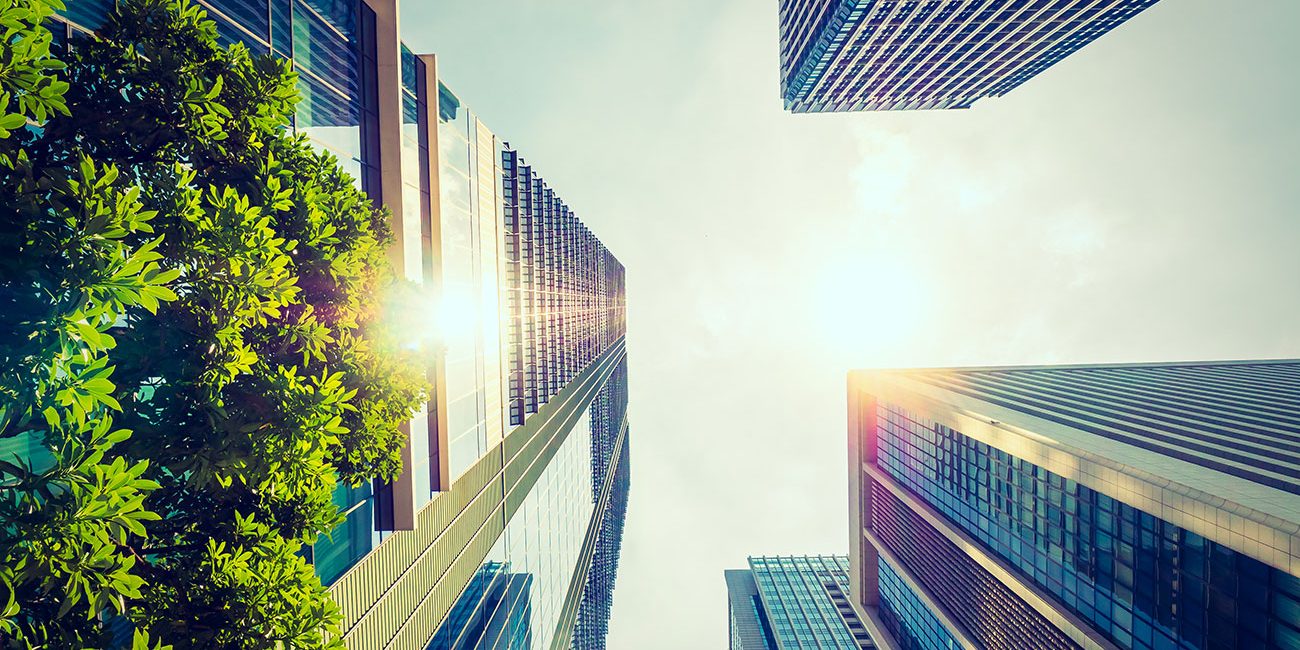It’s well-known that the cost on the environment of construction projects can be considerable. However, the work of construction begins with the vision of the architect, and the architectural industry is leading changes in the design of new buildings and other structures that promise not only a reduction in the negative impact on the environment but positive benefits as well.
Sustainablebuildings
When budding architects attend college or university to study for their Masters of Architecture degrees, they are now spending considerable time and energy looking at the relationship between new structures and the environment in which they’re built. As these younger generations of architects move into the world of employment, they’re designing buildings that are energy efficient and as sustainable as possible, in both the way they’re constructed and the materials used, and in how they’re maintained longer term.
As well as being minimally impactful on the environment, new buildings and other structures can also be beneficial to the natural surroundings and human health. In addition to the key tasks of architecture, which are to create a functionally sound and aesthetically pleasing structure, architects also have to consider:
- Efficient use ofresources such as energy and water
- Reducing waste and pollution produced during and after construction
- Protecting the health of people living in or near the structure
Healthier work environments
Asa result of the focus on these environmental factors, green architecture has other benefits; for example, better air quality within the building, and healthier working environments. By using more natural light, maximizing fenestration, and improving air circulation in their building designs, architects are not only designing buildings that are more environmentally sound but are also making it better for the people living and working in or near them.
Some of the finest examples of how architecture can have a positive impact on the environment can be seen in designs such as the tea-pavilion Posbank in the Netherlands, designed by architect Bjarne Mastenbroek. The building has transparent facades, a grass roof, sheep’s wool insulation, and rainwater flushes the toilets.
Create green space
Modern architecture is engaging with a variety of innovative concepts such as using external wall and roofs to create green spaces, a particularly popular idea as it combines pleasing aesthetics with functional ecological and agricultural benefits. Protecting homes by covering them with earth so they’re protected from the elements not only preserves the buildings but provides highly effective insulation that reduces or even removes the need for energy-consuming central heating.
These are examples of existing projects that showcase what was possible in previous years. With the ever-expanding availability and sophistication of architectural technology and the impact of architects who are newly qualified and full of bright ideas, these kinds of projects are likely to become the norm in the near future, rather than being the exception.
There’s no value in sticking with old, outdated architectural design when the problems of climate change, energy insecurity, and population growth are becoming the main drivers for change. With the new army of architects embracing ecology, architecture can become an even more powerful influence for good on the environment.


